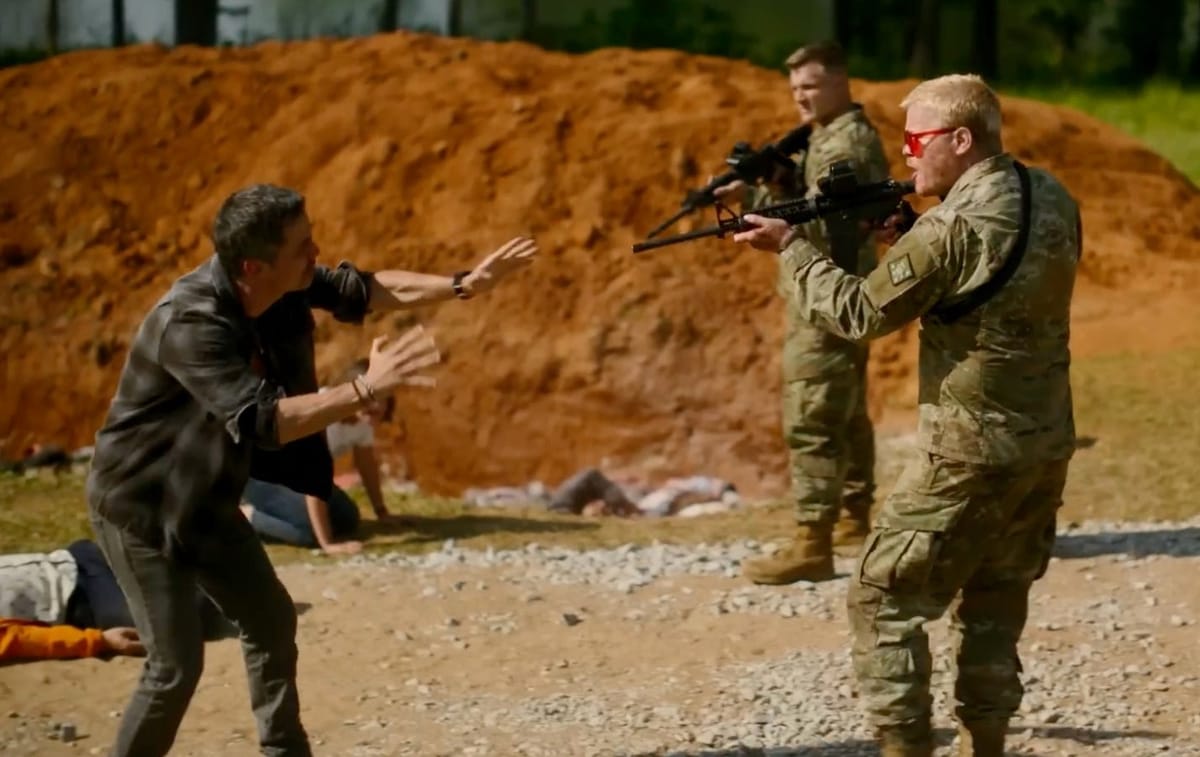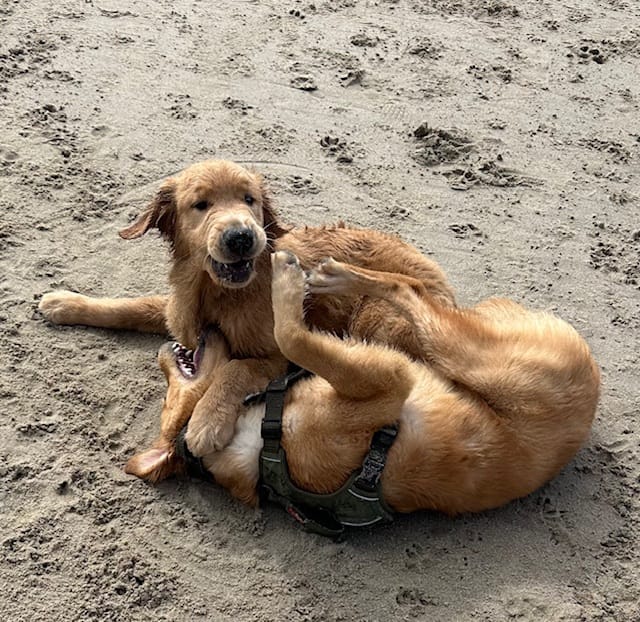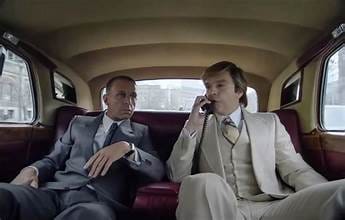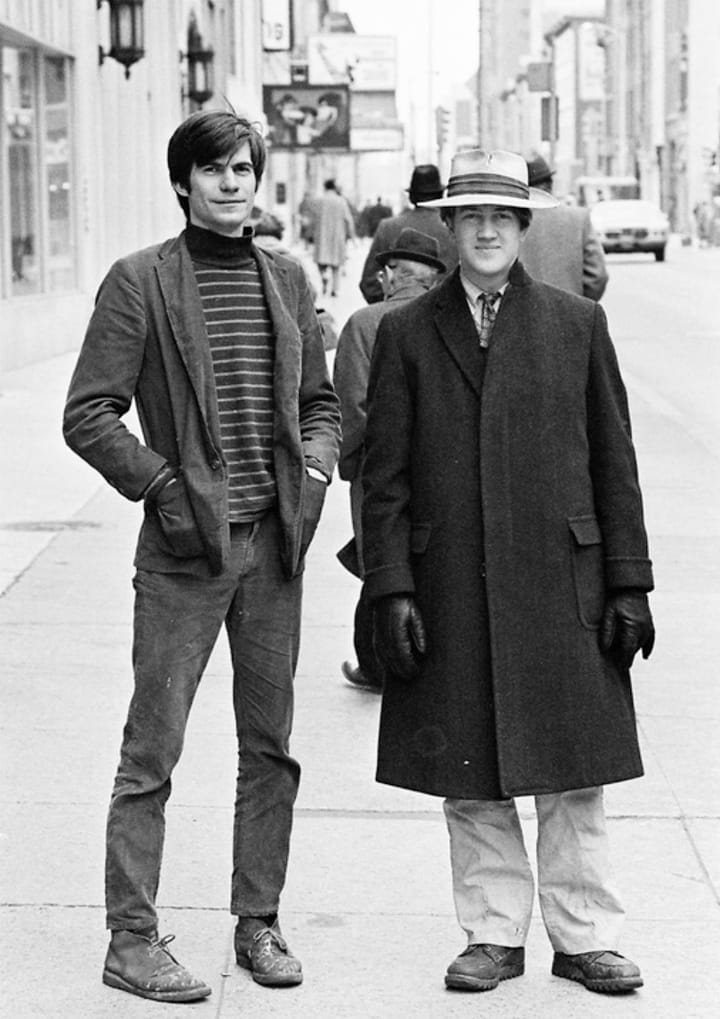"Civil War" is here. And we're living it

With the weekend coming up, you may be wondering where to find the best filmed brawls…
Kind readers, may one ask if you plan to watch any campus brawls this weekend?
I’m only half-kidding. As an option, you might find a theater to watch a much more ramped-up presentation, that of Alex Garland’s “Civil War,” which led box office for two April weekends and is still doing robust business.
Both the televised barricades-and-bear-spray campus donnybrooks and surprise hit “Civil War” feature outbreaks of destructive conflict across our whole nation.
That thought came inevitably when I returned home on a midweek night from a well-attended evening showing of Garland’s dystopian road movie. I clicked the news on only to behold the real life– albeit junior-varsity level--outbreaks of partisan violence—angry, screaming UCLA students knocking apart barricades behind which other angry, screaming UCLA students (each faction no doubt containing various non-enrolled persons) as both sides lashed out with anything they could deploy, including bear spray.
At one stage in the previous night’s tumult, four journalists from the UCLA student paper had suffered arrant physical attacks from the counter-protestors on their own campus:

I didn’t stay up that next evening to see what would become a post-midnight “clearing” operation forcefully spearheaded by the LAPD and Sheriff’s Department officers called in by the UCLA administration. The attackers surrounding the Pro-Palestinian encampment had the clear advantage of mobility as they skirmished at the barrier while launching booming, red-sizzling fireworks into the midst of those self-sequestered behind the graffiti’ed plywood and the repurposed metal crowd control gates.
L.A.’s various police agencies later peopled the chaotic onscreen images , body-armored and employing various non-lethal but effective armaments. Fresh from the televised rports, I was second-screening social media reports on the events at Columbia University, where barricaded students were being arrested by the hundreds with some vigor.
Bodycam videos shared by police, and mobile phone videos from all sides, reinforced the message—between now and summer break, there’s going to be a riot (or what will do until the riot gets there) going on quite regularly
[As an aside re past such moments: the Beach Boys were not always the politically sclerotic buffoons they have become in the Mike Love -dominated era. It was Love himself who had witnessed such harsh police actions near his Santa Barbara home that he re-wrote Lieber & Stoller’s 1959 “Riot on Cell Block #9” as the quirky protest track “Student Demonstration Time” in 1965 for the “Surf’s Up” album. A vid complete with relevant footage:
https://www.youtube.com/watch?v=0aK8f2mGVgw
Pre-grump Love would even update the song after the Kent State University National Guard slayings of May 4, 1970—precisely 54 years ago.]
Ah, Springtime!
California is of course by most reckonings a Blue State, which is why Alex Garland’s “Civil War” has baffled some film-goers and reviewers in positing a near--future scenario in which Nick Offerman’s third-term, widely hated president is under mortal threat by both the “Florida Alliance” and the the “Western Forces,” who unite California with Texas with mysterious illogic.
Or maybe there is a gun-nut logic there. Garland has said that though his script was completed before January 6, the Capitol attack energized the production. “What I had was this incredibly intense feeling that this is a disgrace,” he told the Associated Press. “Later, as time went by, some of that anger fed into the project.”
In the film he employs Kirsten Dunst—playing in some ways a reprise character to Jennifer Jason Leigh’s tough-dame-on-a-mission figure in Garland’s fascinatingly obtuse 2018 sci-fi effort “Annihilation”—as she seeks what may be her one last great shot—ie., the probable violent demise of said president. Garland denied direct parallels, but Rex Reed’s review notes the target is “a sitting president in his third term who has disbanded the FBI and raped the U.S. Constitution, so you can fill in the blanks.”
Tagging along in a battered SUV marked “PRESS” is Cailee Spainey’s relative neophyte combat photog Jessie, soon to outstrip Dunst’s Lee in zealous daring. Garland has touted his film as purposely non-denominational between red and blue and wants it to be seen first of all as endorsing, even valorizing the role of the media. Garland seems to quite purposely obscure any good guys/bad guys division that would usher in judgments by his journos as they brave firefights and tight spots. The trigger-pullers on both sides show the same appetite for barking-guns savagery. If any figure stands in for the extreme wing of say, the Oath Keepers or other militia-style extremists who cosplayed through the Capitol insurrection, it’s Jesse Plemons in a hair-raising turn as a White Nationalist. It is impossible not to recall January 6 as he decides—judge, jury and executioner with an assault rifle who sneers, “I know what Reuters is”—just who deserves to be deemed an American--and live. (At the same time, the cruelties imposed on a pair of looters by some bottom-feeding rednecks are grandiosely senseless, though somehow believable.)
Though the rules of engagement are down to zero, with Lee’s mentor Sammy (Stephen McKinley Henderson) warning that “They shoot journalists on sight in. D.C.,” the squad-level warriors of all persuasions seem to welcome (and even protect) their chroniclers. (We get a hint as to why in the film’s last frame.)
Garland has denied any “utopian” coloring to such treatment, but by tradition and reality the job is undeniably dangerous—for a rough comparison, in the months since the Israeli response kicked off in Gaza following the October 7 Hamas attacks, 97 journalists have been killed (against a ratio of a million displaced and 34,000+ dead.)
Late in the exhausting but compulsively watchable film, real military types with tanks and more battle into and through the White House to hunt down the president. Here’s the most crucial of sequences wherein the filmmakers smartly ran the action through the stewardship of former Navy SEAL Ray Mendoza, a 16-year veteran who owns a Silver Star in combat.
"We discovered a new kind of film grammar for how combat is portrayed,” Mendoza told the Wall Street Journal, and Garland has plans to combine with him to tell Mendoza’s own war stories.
The movie does not shrink from showing a disturbingly triumphalist moment at the every end, a moment that actually questions whether photojournalism can truly function as a corrective despite such ugly evidence of working symbiosis: has the journalists’ dangerous efforts to show the creation of terrible body counts ever really taught us anything?
Garland’s film is important for making us wonder about that. “We don’t ask questions,” Lee says to her charge Jessie, “We record things so other people can ask the questions.”





Comments ()